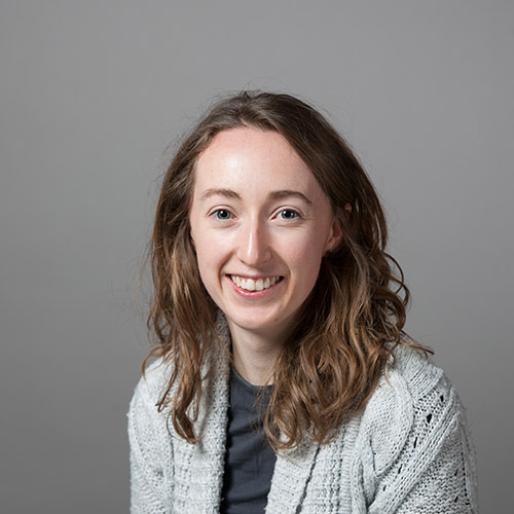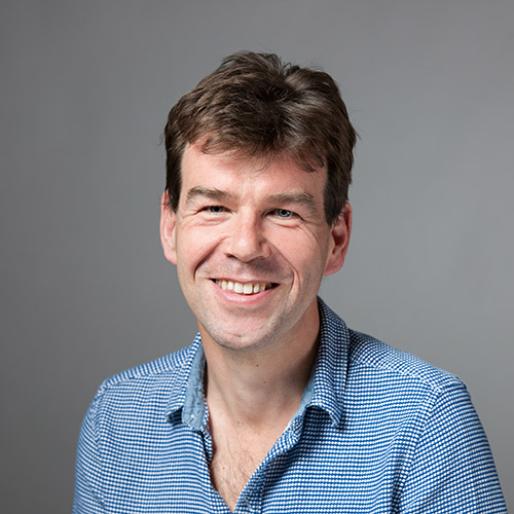The big picture: using wildflower strips for pest control
Scientists have developed a way of identifying some of the world’s most devastating insect pest species whilst they are in flight – despite them being too small or quiet for conventional insect tracking technologies to pick up.
Using LED sensors, the team led from the Herts-based agricultural research institute, Rothamsted Research, were able to detect and record the characteristic flight of eight species based solely on their shadows when they flew through a light beam.
By applying complex data analysis techniques to these flight patterns, they were then able to identify which species of weak flying aphid or beetle it was with up to 80% accuracy.
Their hope is the research will eventually lead to better pest surveillance programmes that will help protect crops and reduce indiscriminate pesticide use.
Lead author, Dr Kirsty Hassall said: “Weak-flying insects evade detection because they do not yield sufficient audio information to capture wingbeat and harmonic frequencies. These inaudible insects often pose a significant threat to food security as pests of key agricultural crops worldwide.
“Automatic detection of such insects is crucial to the future of crop protection by providing critical information to assess the risk to a crop and the need for preventative measures.”
The characteristic sounds made by the wings of insects such as mosquitoes, fruit flies, hawkmoths and crickets has already been used to monitor their movements, but many of the most devastating pests are tiny and essentially silent in flight.
For instance, the peach potato aphid transmits over 100 different plant viruses and is consequently one of the world's top 10 pests – but its flight is so weak it falls well below the lowest human hearing range.
Other pest species studied by the group included the English grain aphid, the bird cherry-oat aphid and the cabbage stem flea beetle.
Working in the laboratory, the team recorded the silent fliers using light, not sound. As each insect passed through an LED beam, it triggered a recording of their flight - measured as the flickering of their shadow - which was then ‘translated’ into sound.
Despite average flights being in the region of only 0.2 secs, the researchers managed to identify 52 features of these recordings on which to potentially discriminate the different species.
These included various measures such as ‘loudness’, length, and frequency of each wingbeat.
The data was processed in light of important biological information - such as the shape of the insects’ wings – and a series of complex statistical tests were run to determine which combination from the 52 features were best at correctly predicting which of the eight insect species in question it was.
Dr Hassall said their 80% success rate was incredible, given the species they were working with.
“At first look, the error rates in misclassification in this study appear high at 18–20% and yet these insect pests are not only inaudible but their wingbeat rate is eight times smaller than the typical model species such as mosquitoes, and have a much weaker flight speed too.
“As sensors improve and more species are observed, it seems inevitable that the overall error rates will improve.”

Statistician

Project Leader - The Insect Survey
Rothamsted Research is the longest-running agricultural research institute in the world. We work from gene to field with a proud history of ground-breaking
discoveries in areas as diverse as crop management, statistical interpretation and soil health. Our founders, in 1843, were the pioneers of modern
agriculture, and we are known for our imaginative science and our collaborative approach to developing innovative farm practice.
Through independent research, we make significant contributions to improving agri-food systems in the UK and internationally, with
economic impact estimated to exceed £3 bn in annual contribution to the UK economy. Our strength lies in our systems approach, which combines strategic research,
interdisciplinary teams and multiple partnerships.
Rothamsted is home to three unique National Bioscience Research Infrastructures which are open to researchers from all over the world:
The Long-Term Experiments,
Rothamsted Insect Survey and the
North Wyke Farm Platform.
We are strategically funded by the Biotechnology and Biological Sciences Research Council (BBSRC), with additional support from other national and
international funding streams, and from industry. We are also supported by the Lawes Agricultural Trust (LAT).
The Biotechnology and Biological Sciences Research Council is part of UK Research and Innovation, a non-departmental public body funded by a grant-in-aid
from the UK government.
BBSRC invests to push back the frontiers of biology and deliver a healthy, prosperous and sustainable future. Through our investments, we build and support a vibrant,
dynamic and inclusive community which delivers ground-breaking discoveries and develops bio-based solutions that contribute to tackling global challenges,
such as sustainable food production, climate change, and healthy ageing.
As part of UK Research and Innovation (UKRI), we not only play a pivotal role in fostering connections that enable the UK’s world-class research and innovation system
to flourish – we also have a responsibility to enable the creation of a research culture that is diverse, resilient, and engaged.
BBSRC proudly forges interdisciplinary collaborations where excellent bioscience has a fundamental role. We pioneer approaches that enhance the equality, diversity,
and inclusion of talent by investing in people, infrastructure, technologies, and partnerships on a global scale.
The Lawes Agricultural Trust, established in 1889 by Sir John Bennet Lawes, supports Rothamsted Research’s national and international agricultural science through the provision of land, facilities and funding. LAT, a charitable trust, owns the estates at Harpenden and Broom's Barn, including many of the buildings used by Rothamsted Research. LAT provides an annual research grant to the Director, accommodation for nearly 200 people, and support for fellowships for young scientists from developing countries. LAT also makes capital grants to help modernise facilities at Rothamsted, or invests in new buildings.